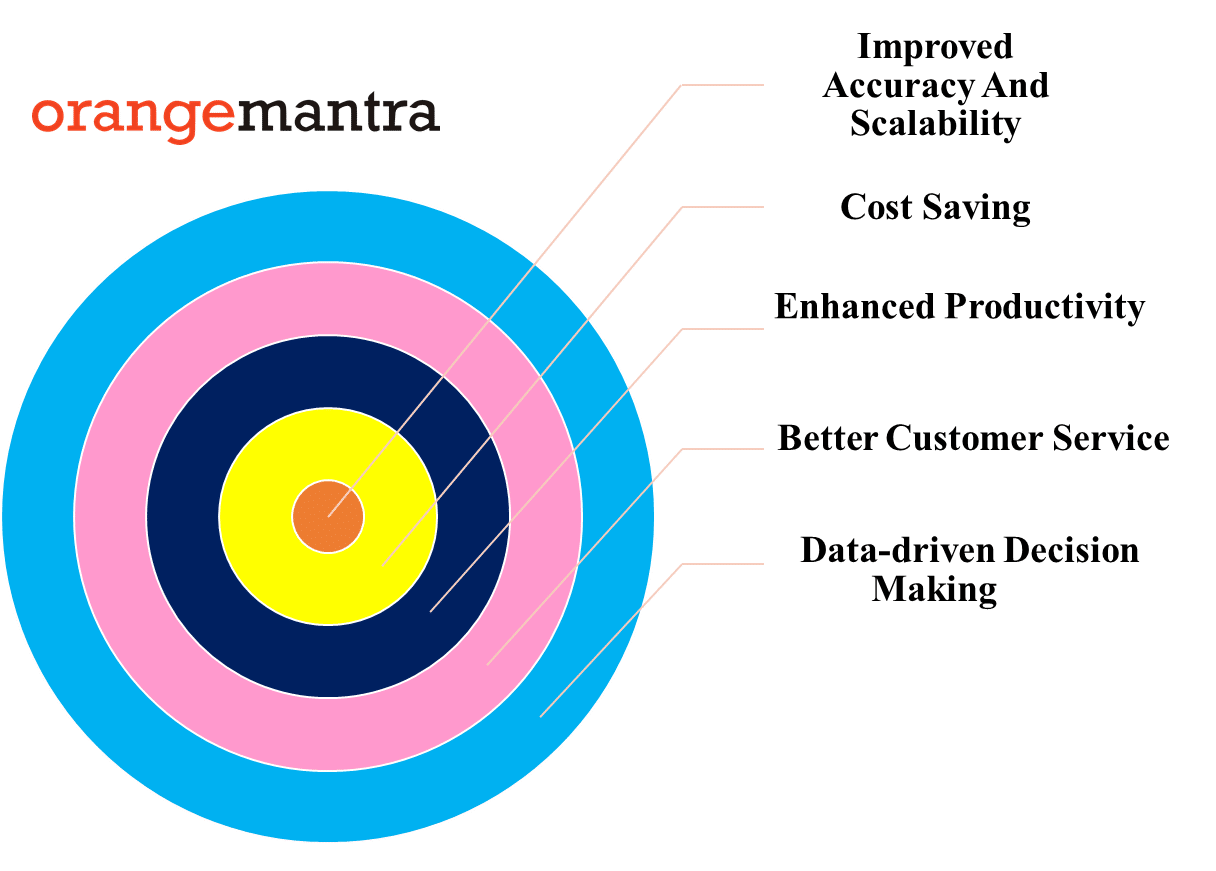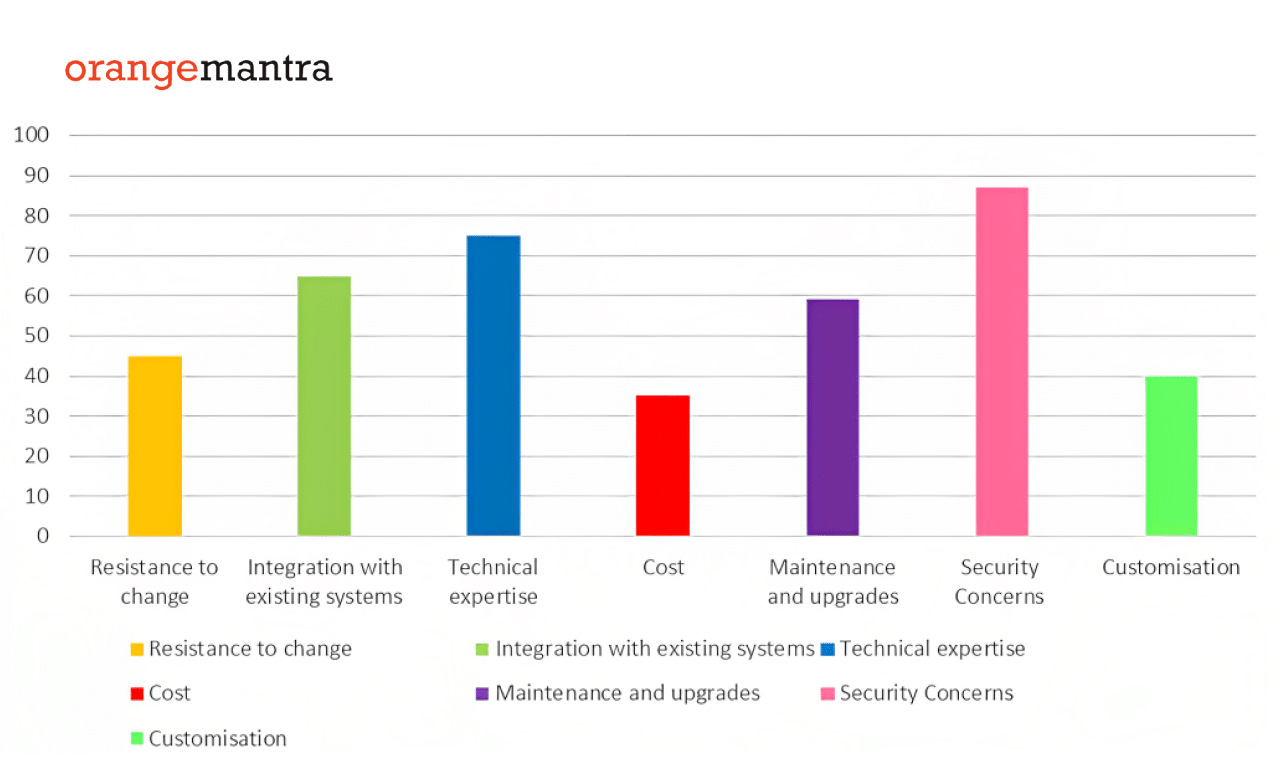
How Process Automation and Digital Transformation are Shaping the Business Landscape
Business operations have undergone a revolution in technology, which has increased production, profitability, and efficiency. Through process automation and digital transformation, technology has emerged as a critical success factor in the fast-paced business environment of today. Businesses may now more efficiently complete repetitive processes, make fewer mistakes, and operate more quickly and accurately because of automation.
In the meanwhile, digital transformation has made it possible for companies to use cutting-edge tools like cloud computing, mobile applications, and artificial intelligence to improve consumer experiences and spur development. Businesses may use these technologies to increase operational effectiveness as well as to acquire a competitive edge in respective marketplaces. In summary, technology now plays a critical role in the success of organisations, allowing them to flourish in an environment that is always changing.
Process automation is the use of technology to automate repetitive, labor-intensive operations or processes to improve productivity, reduce mistakes, and improve efficiency. To automate processes that were previously completed manually by people, software tools and technologies are used.
The term “digital transformation” refers to the integration of digital technology throughout all functional areas of an organisation, which results in substantial changes to how the organisation operates and provides value to its clients. It entails the use of digital technologies, including cloud computing, Artificial Intelligence (AI), and the Internet of Things (IoT), to the creation of new business models, goods, and services, as well as to improve operational effectiveness and user experience. Increasing corporate agility, innovation, and customer focus is the main goal of digital transformation.





